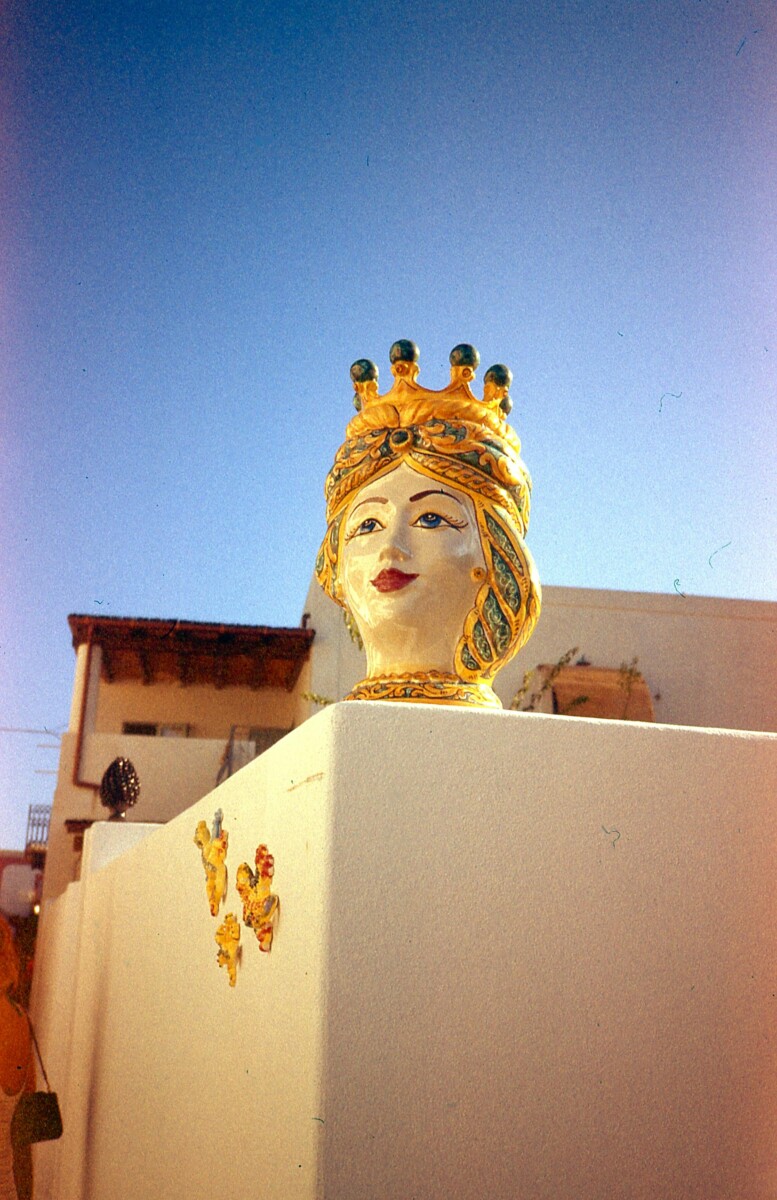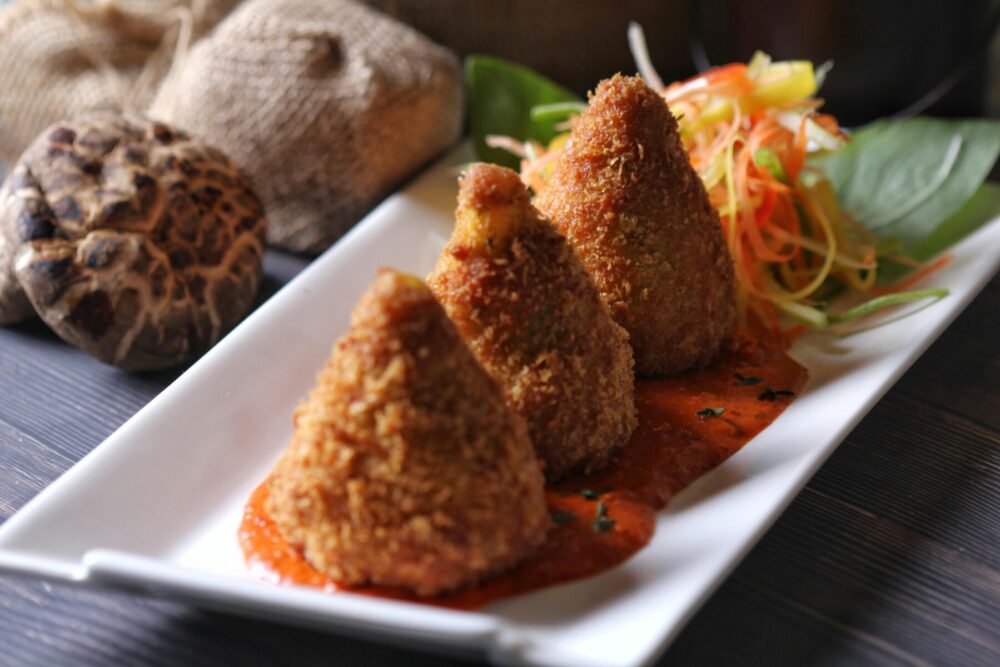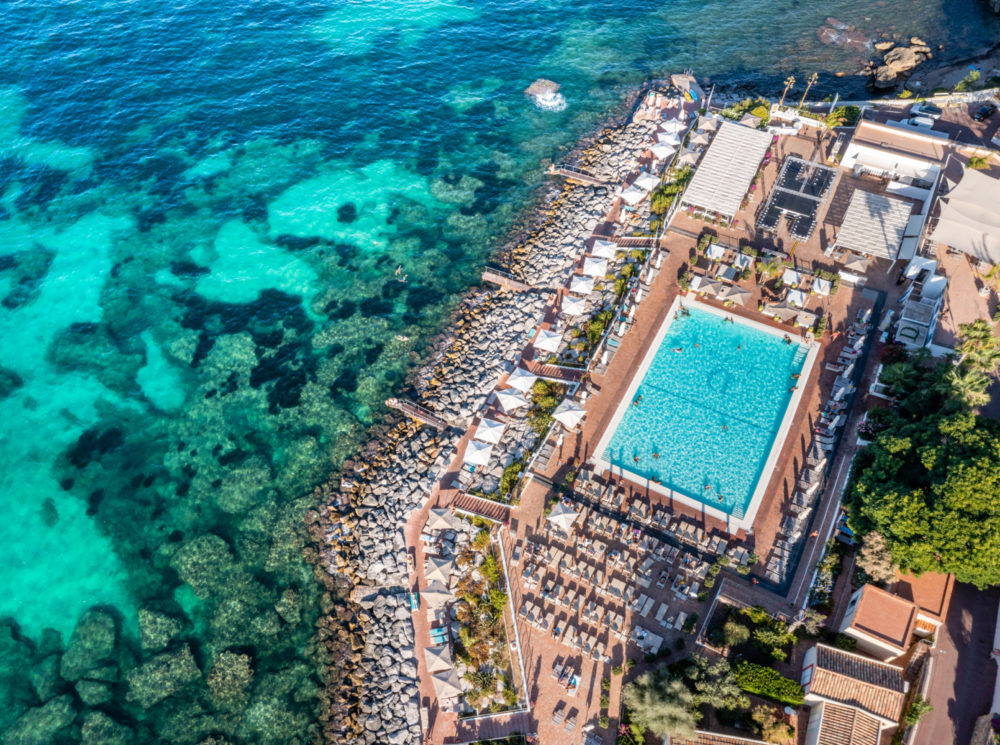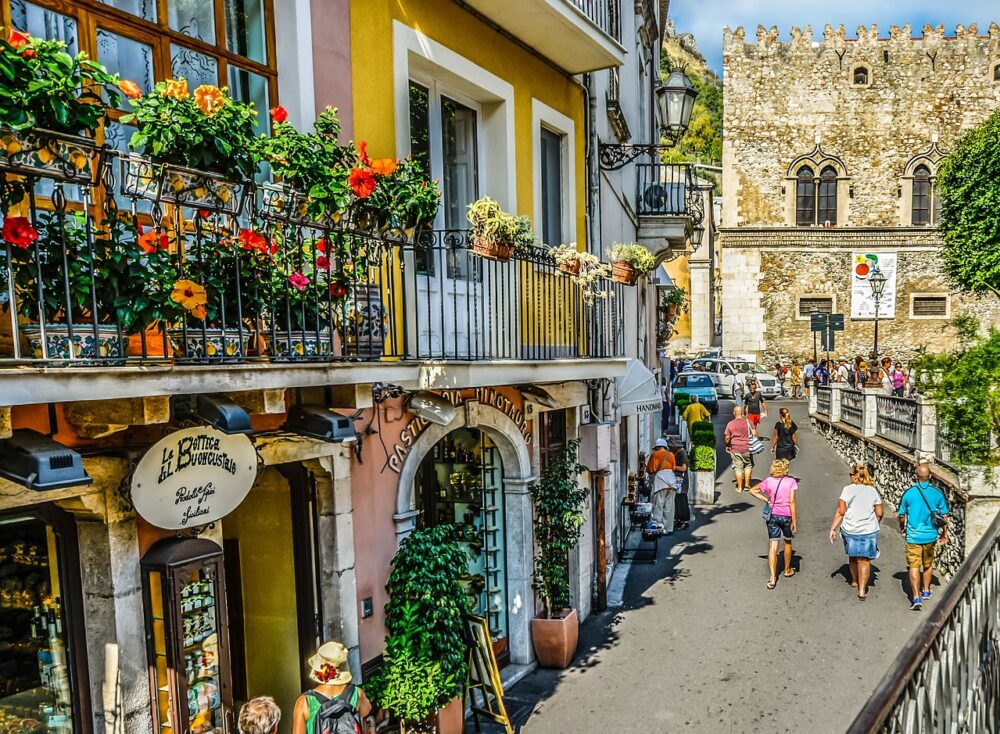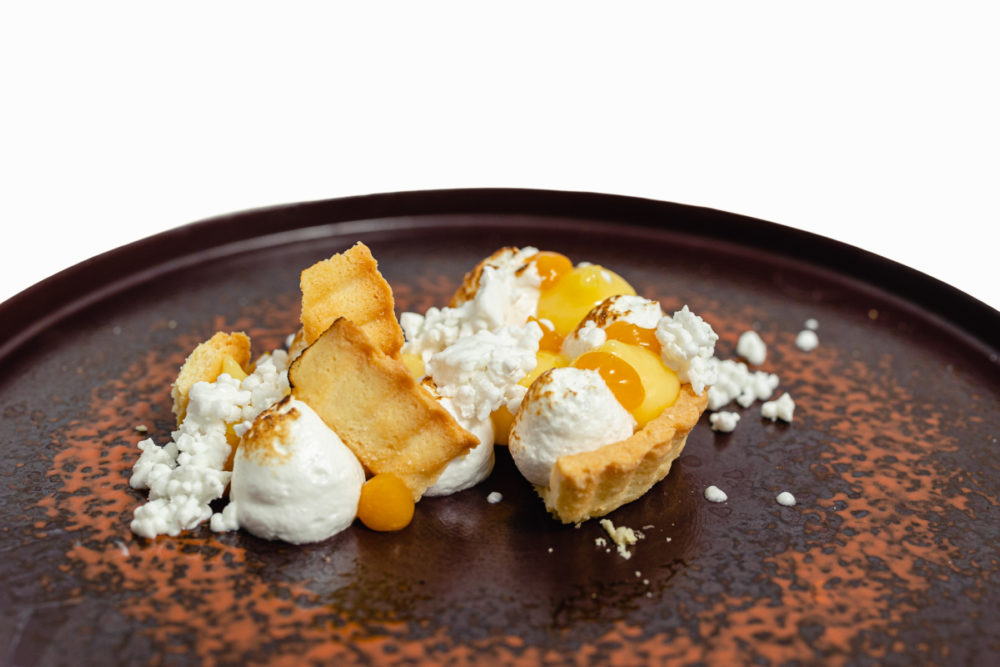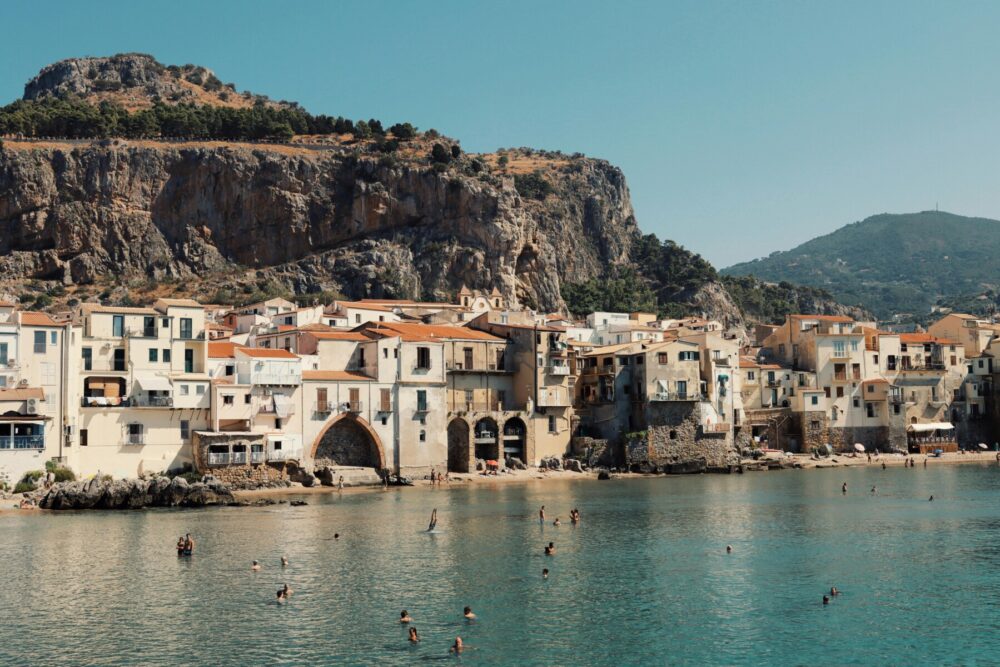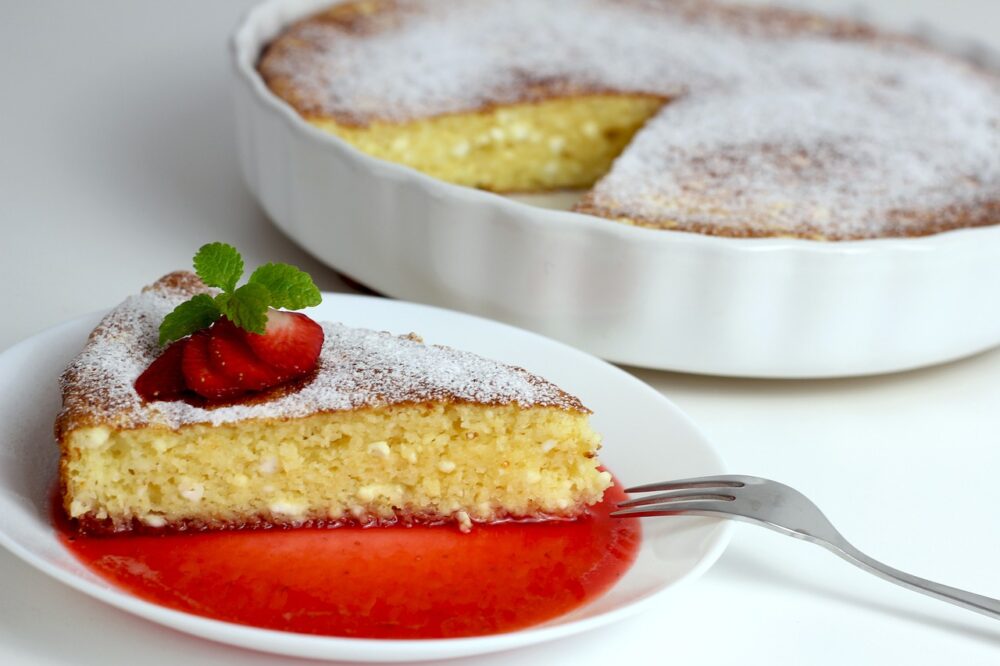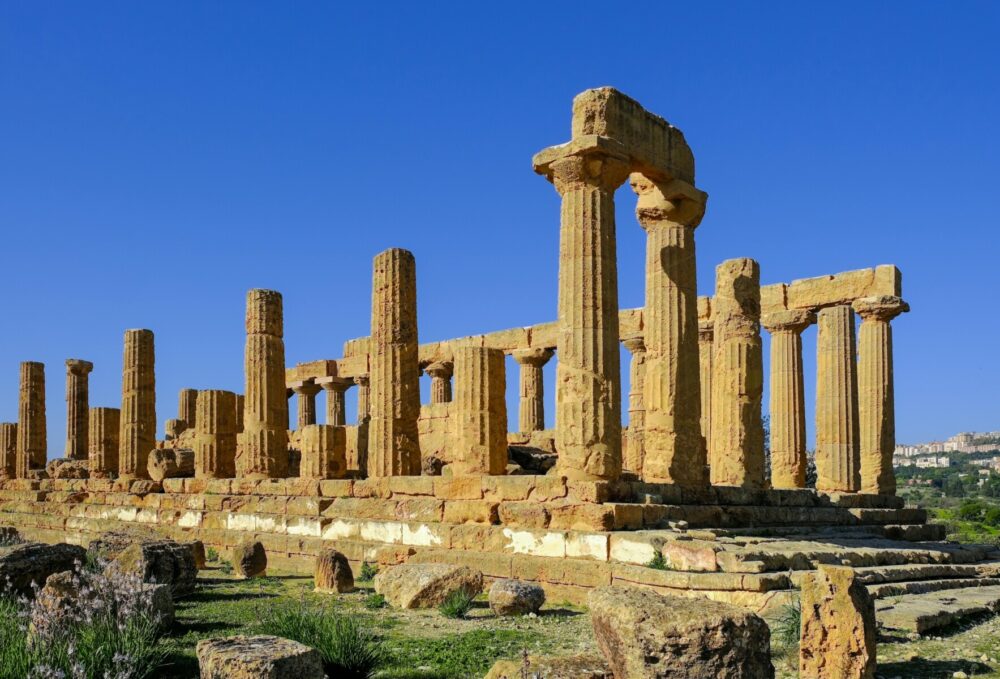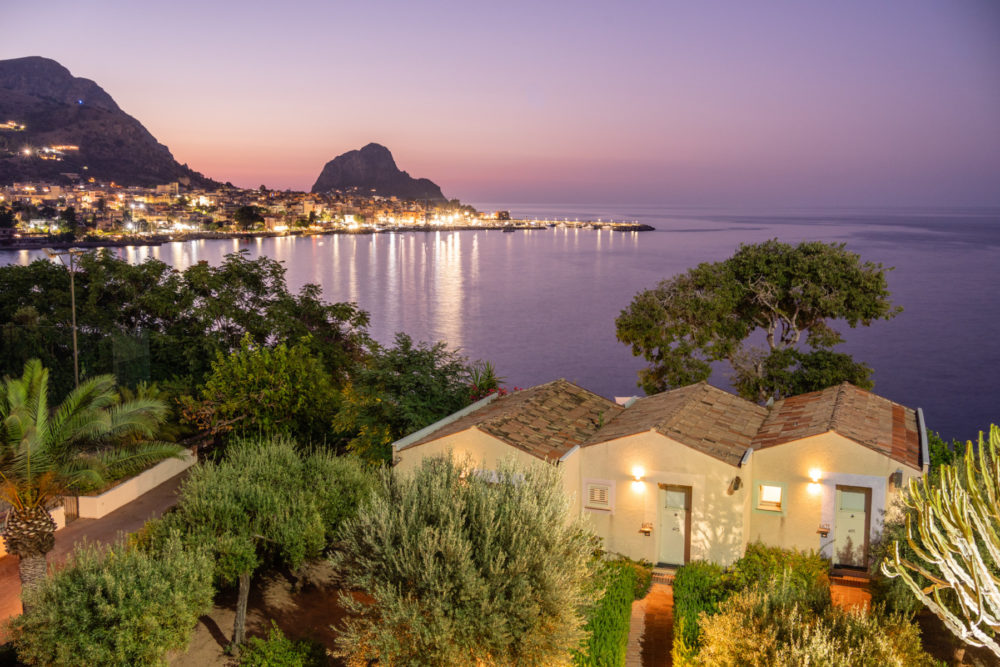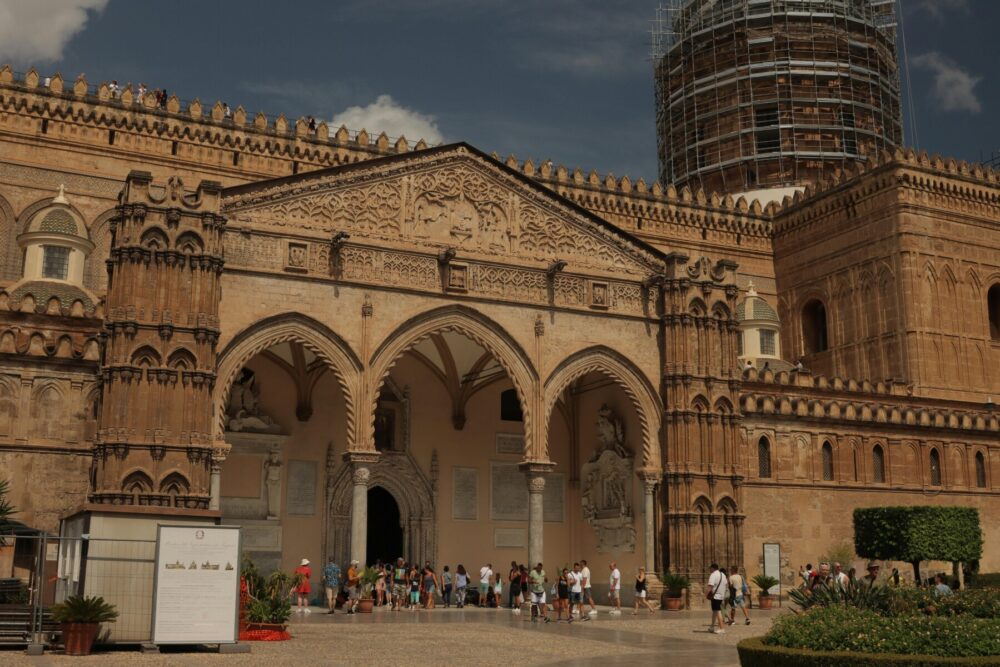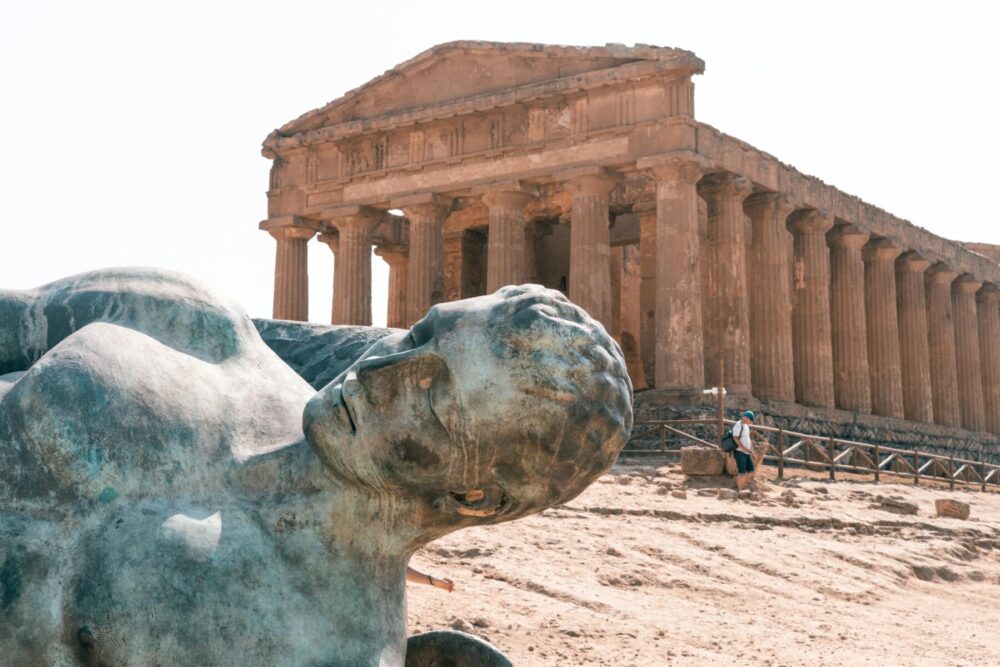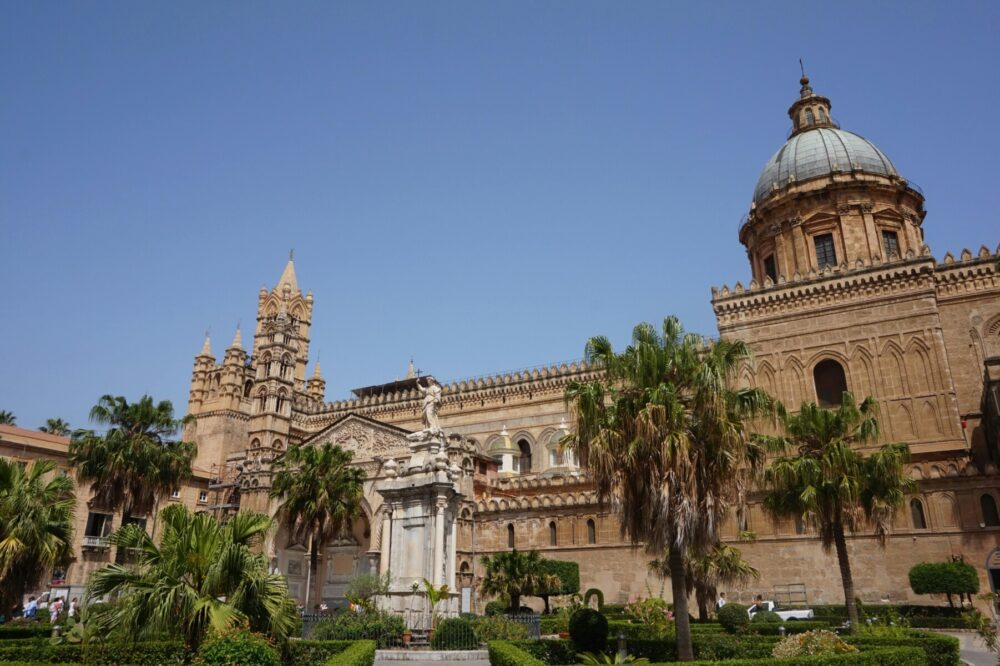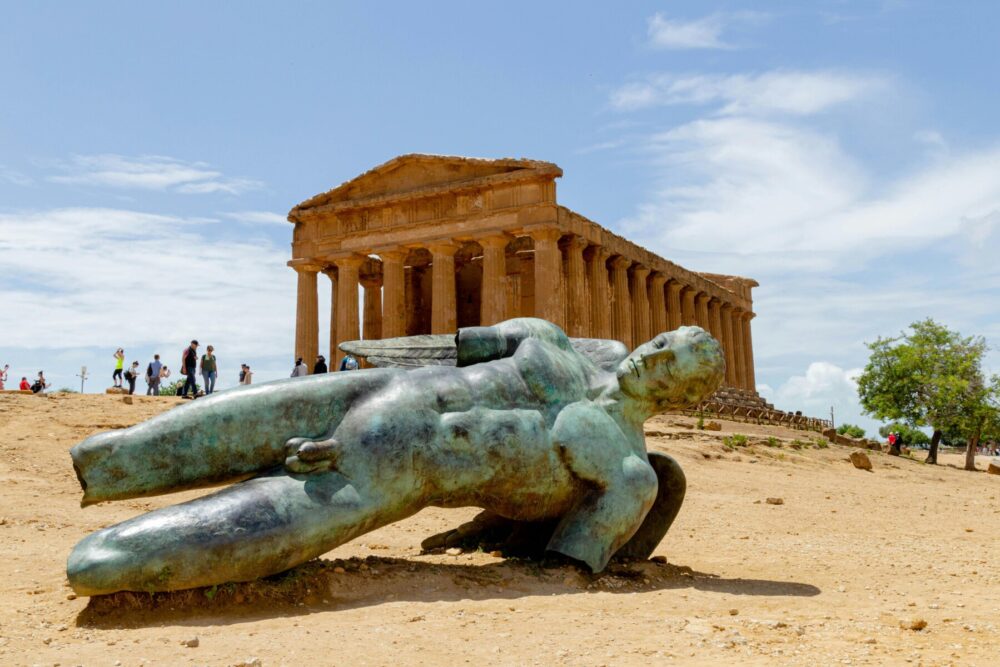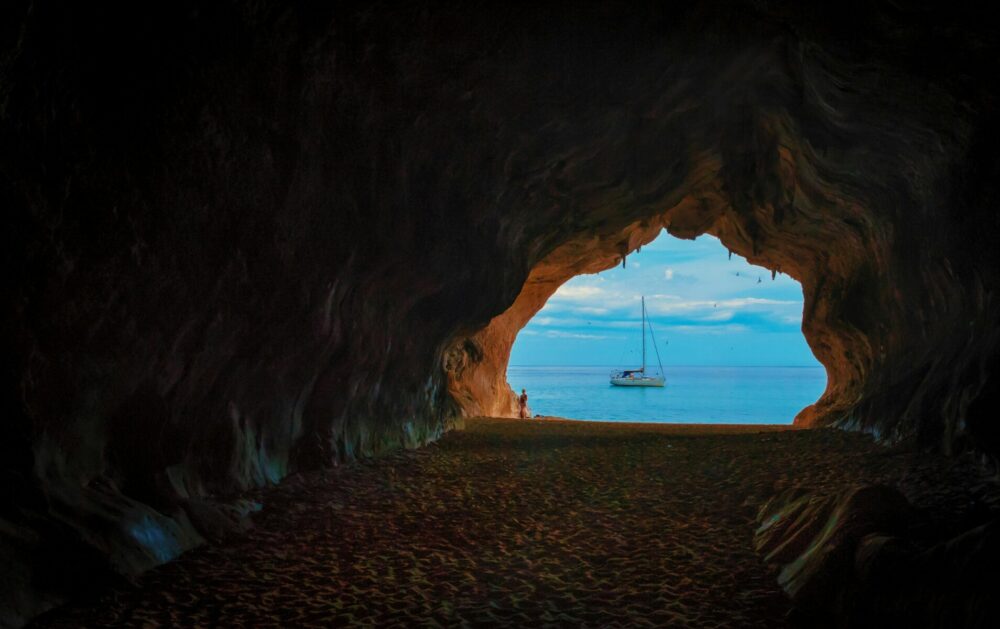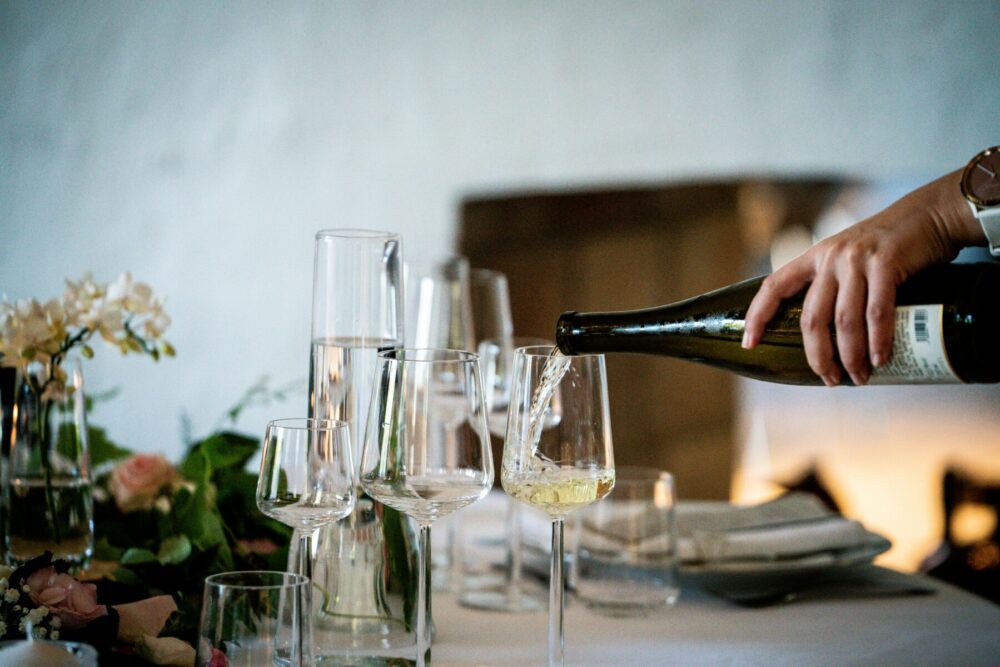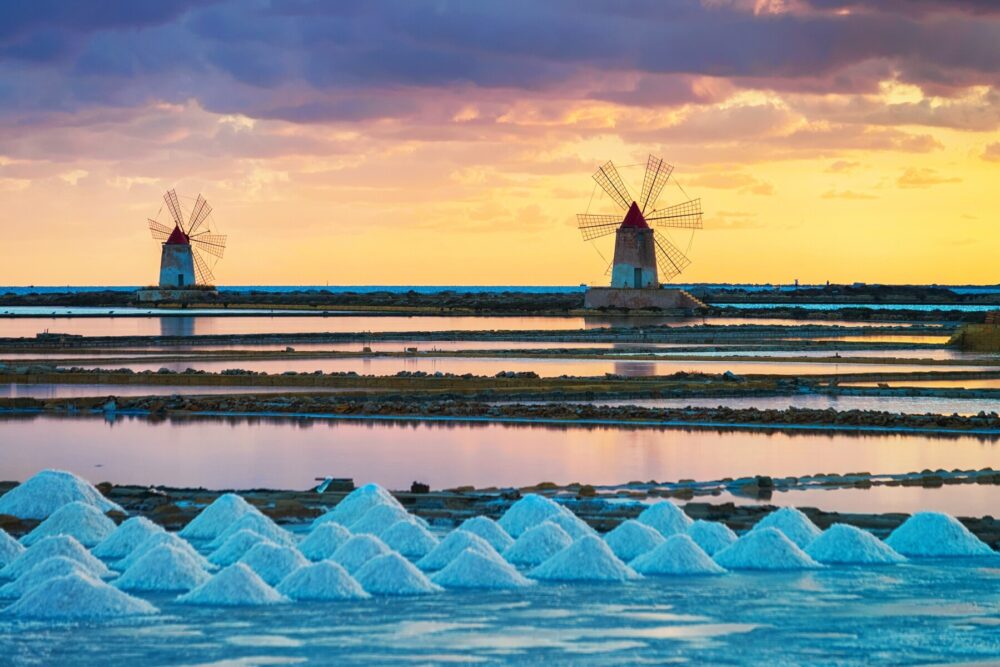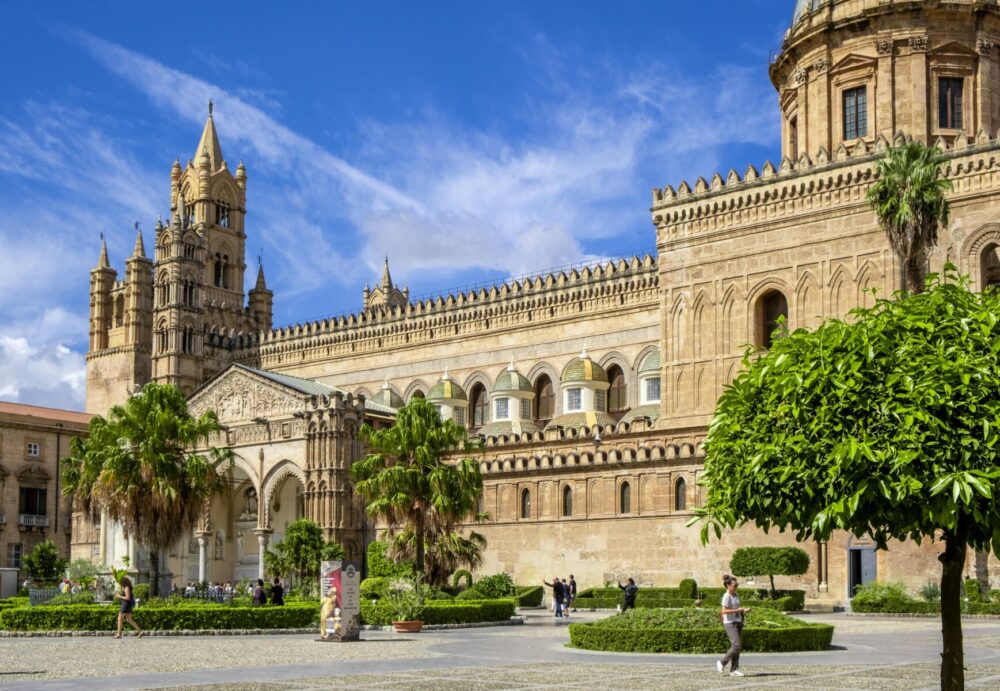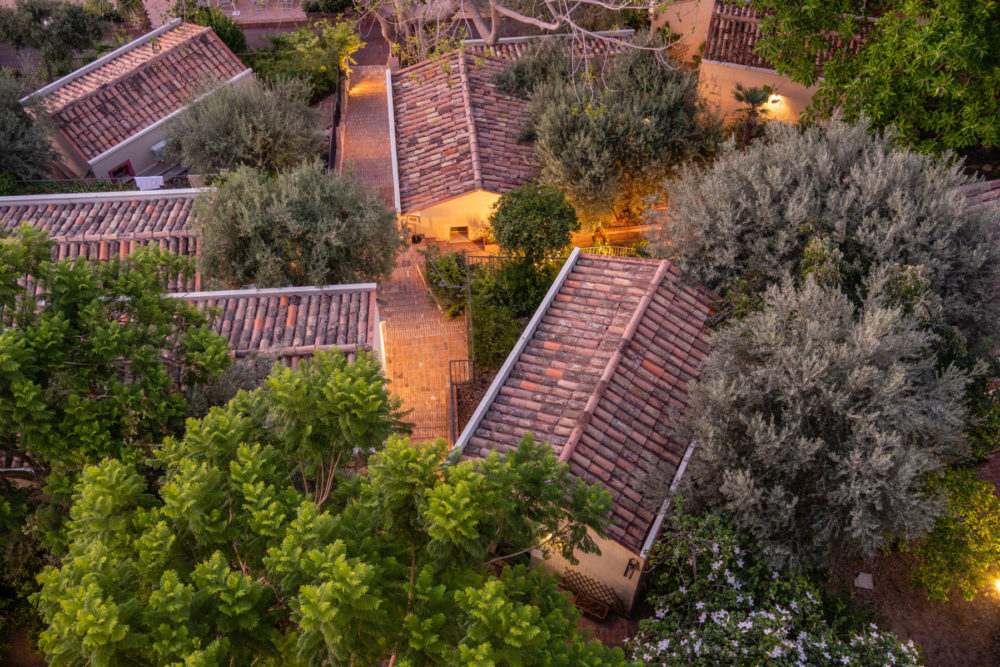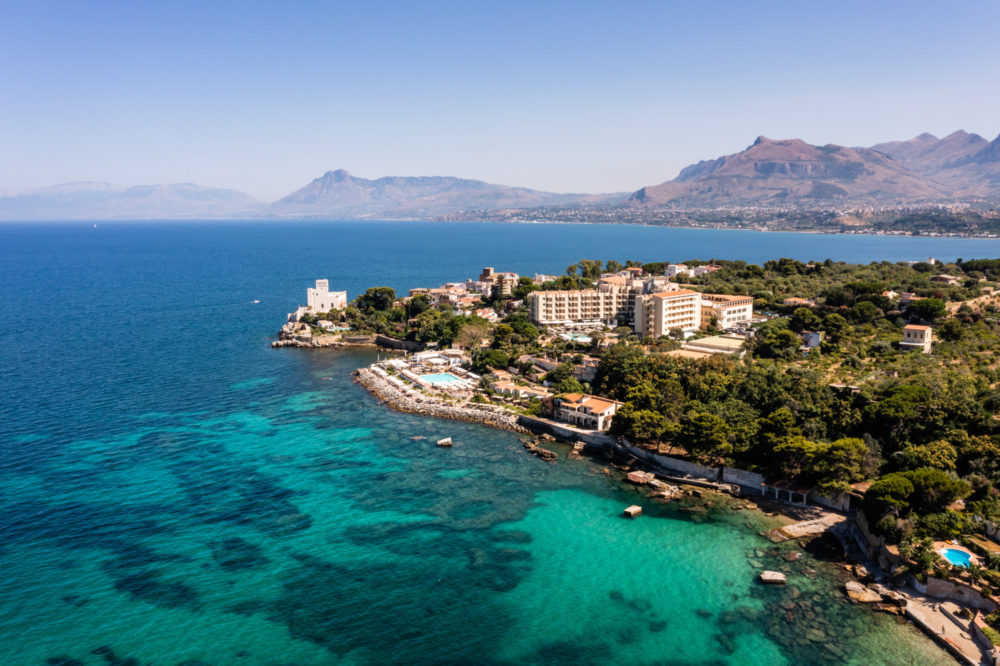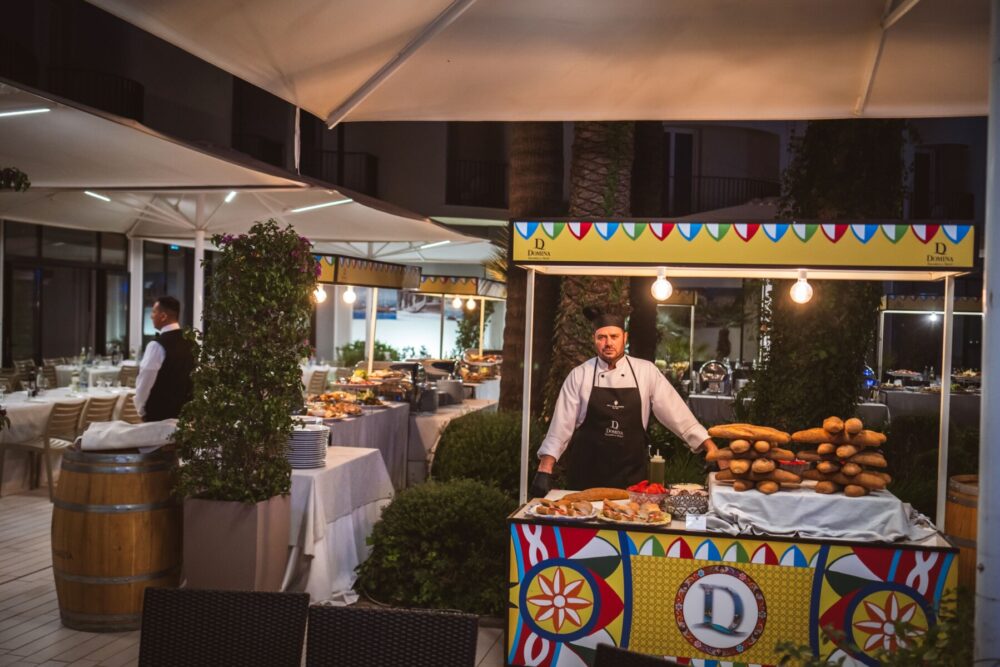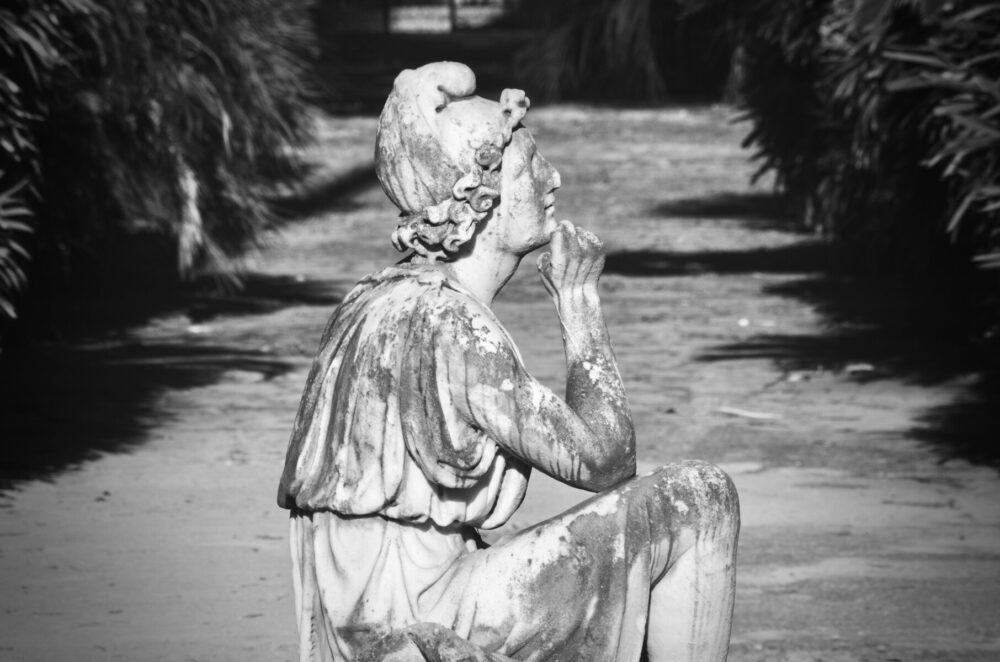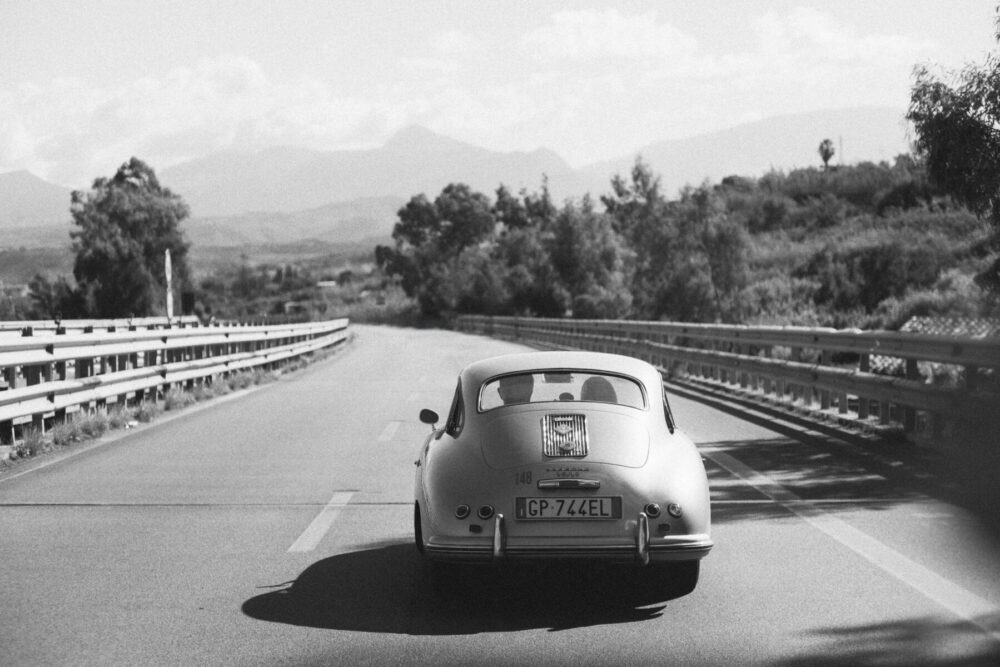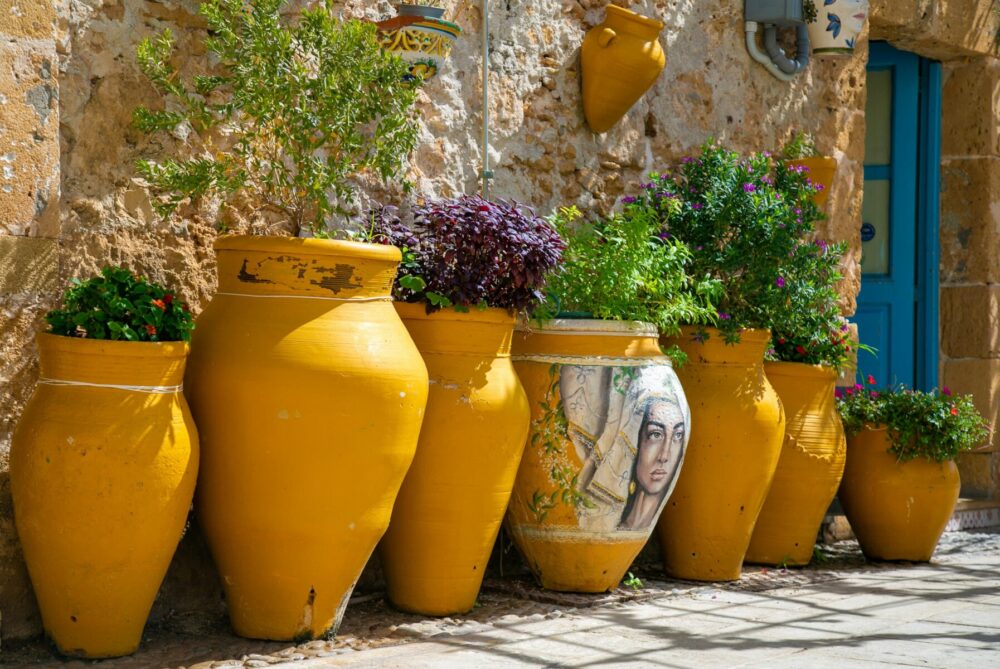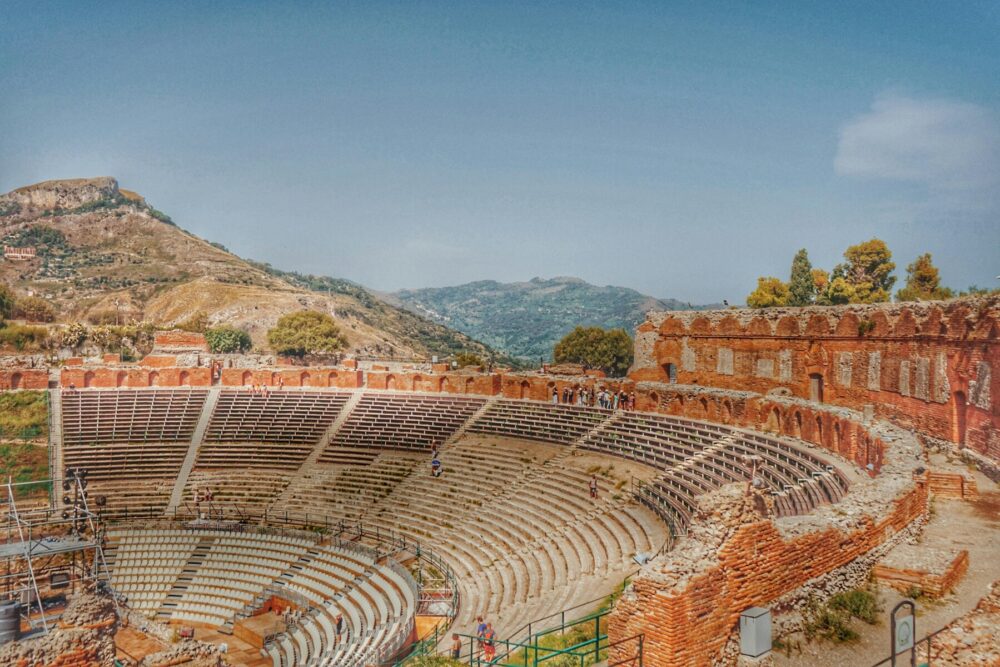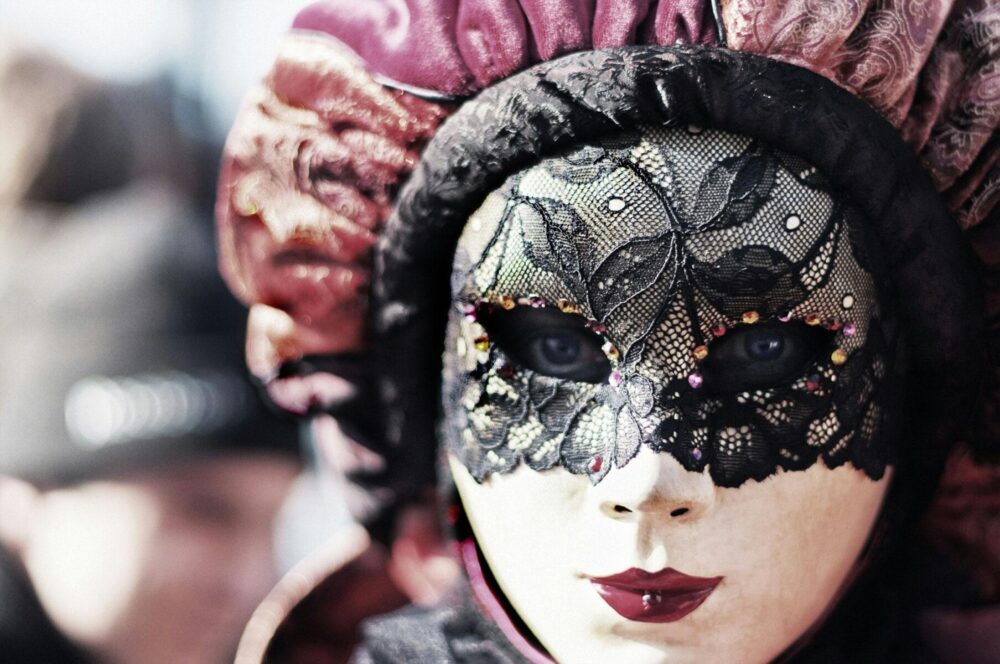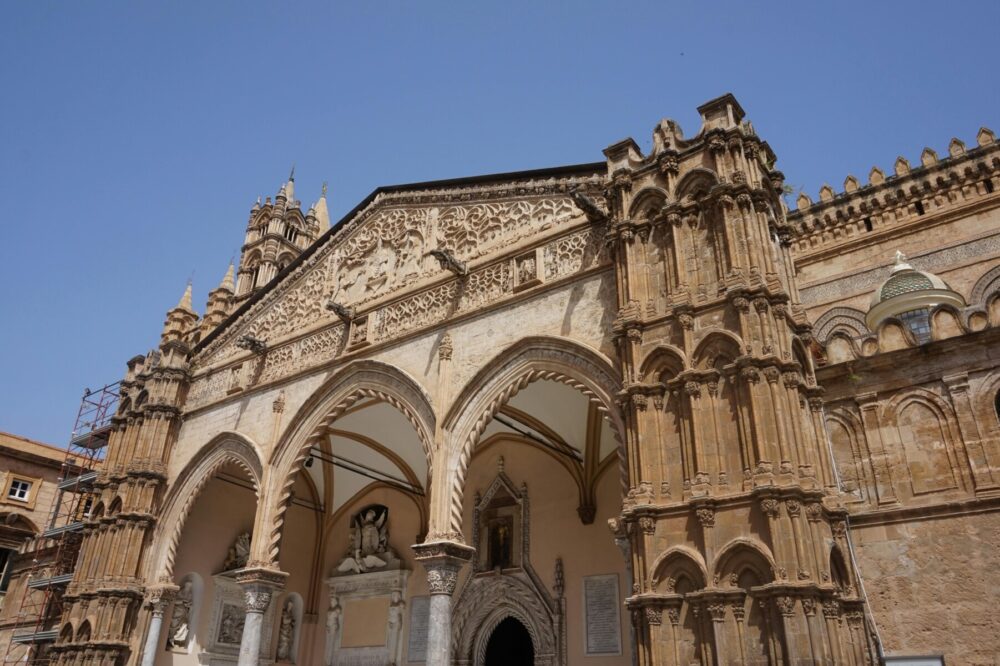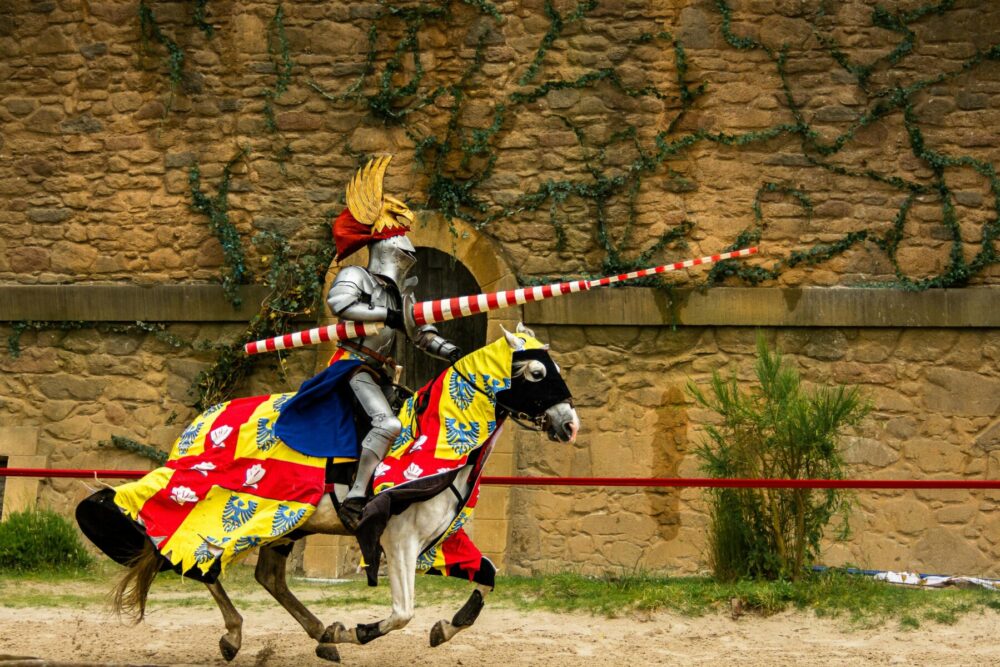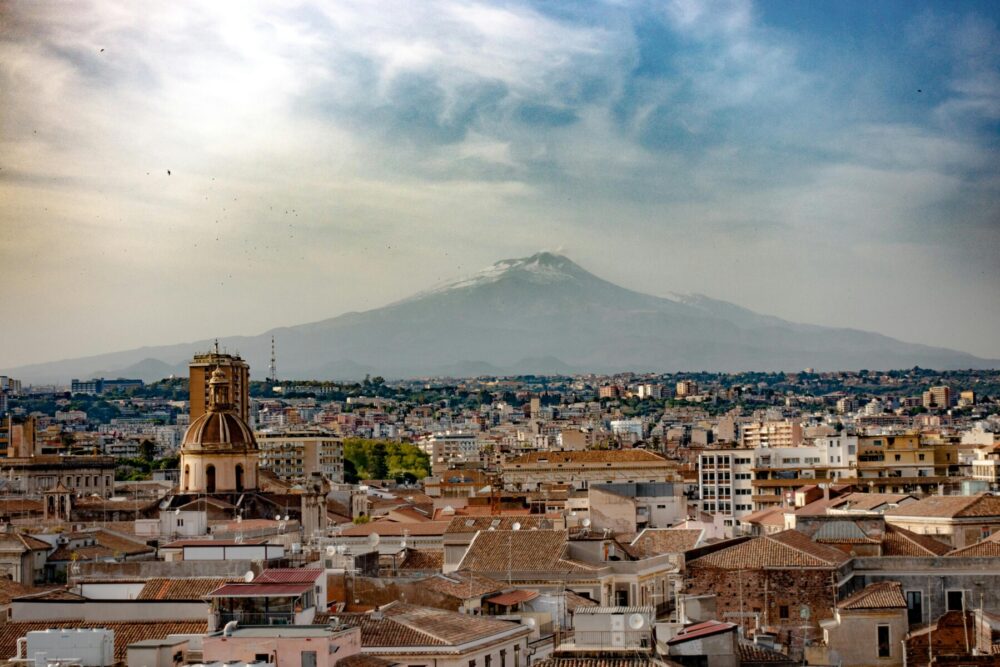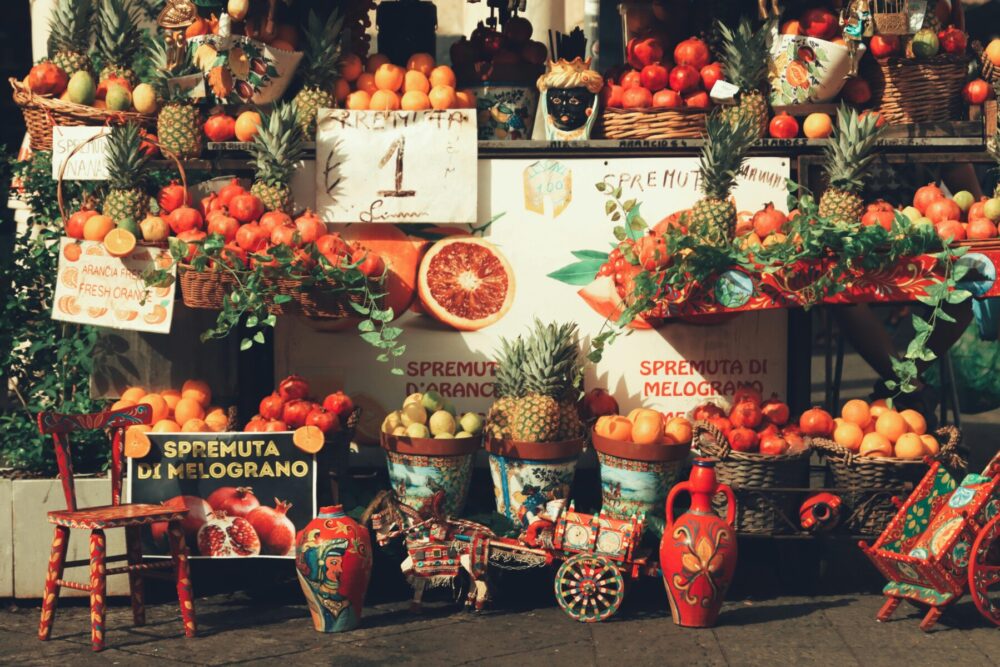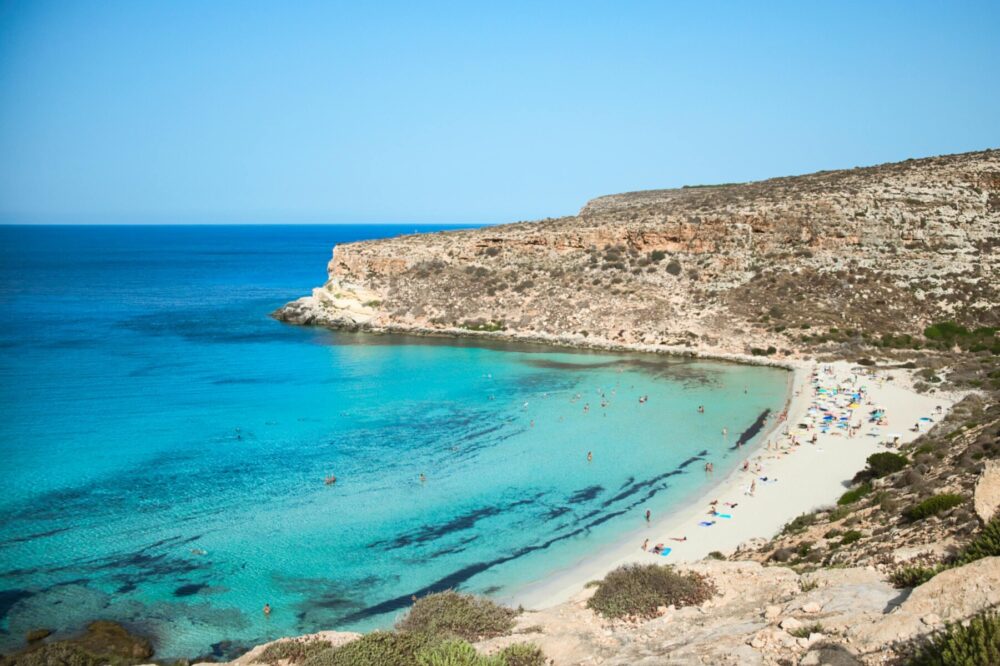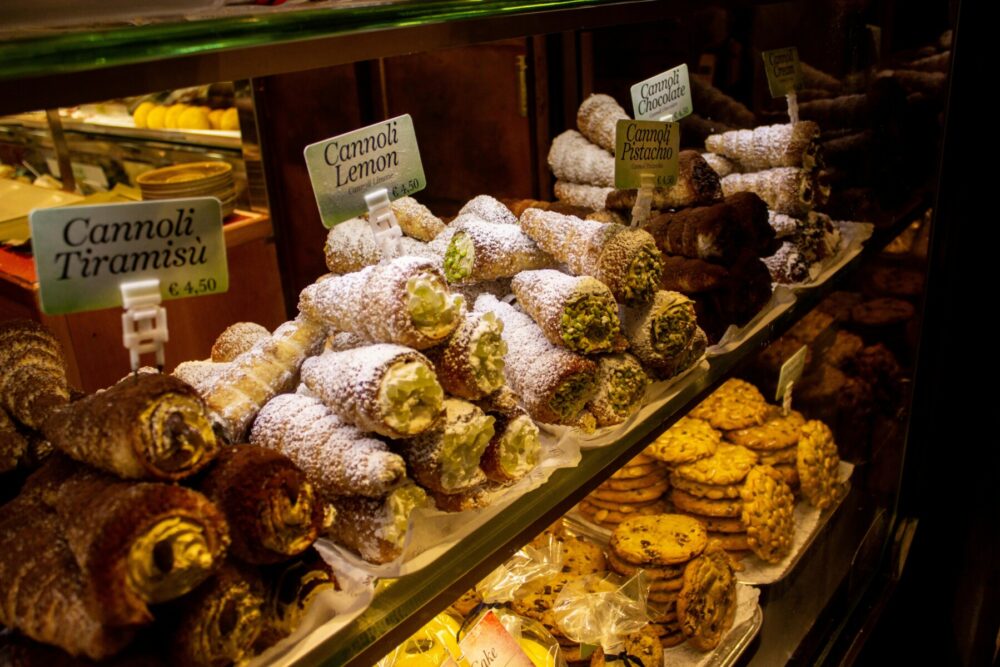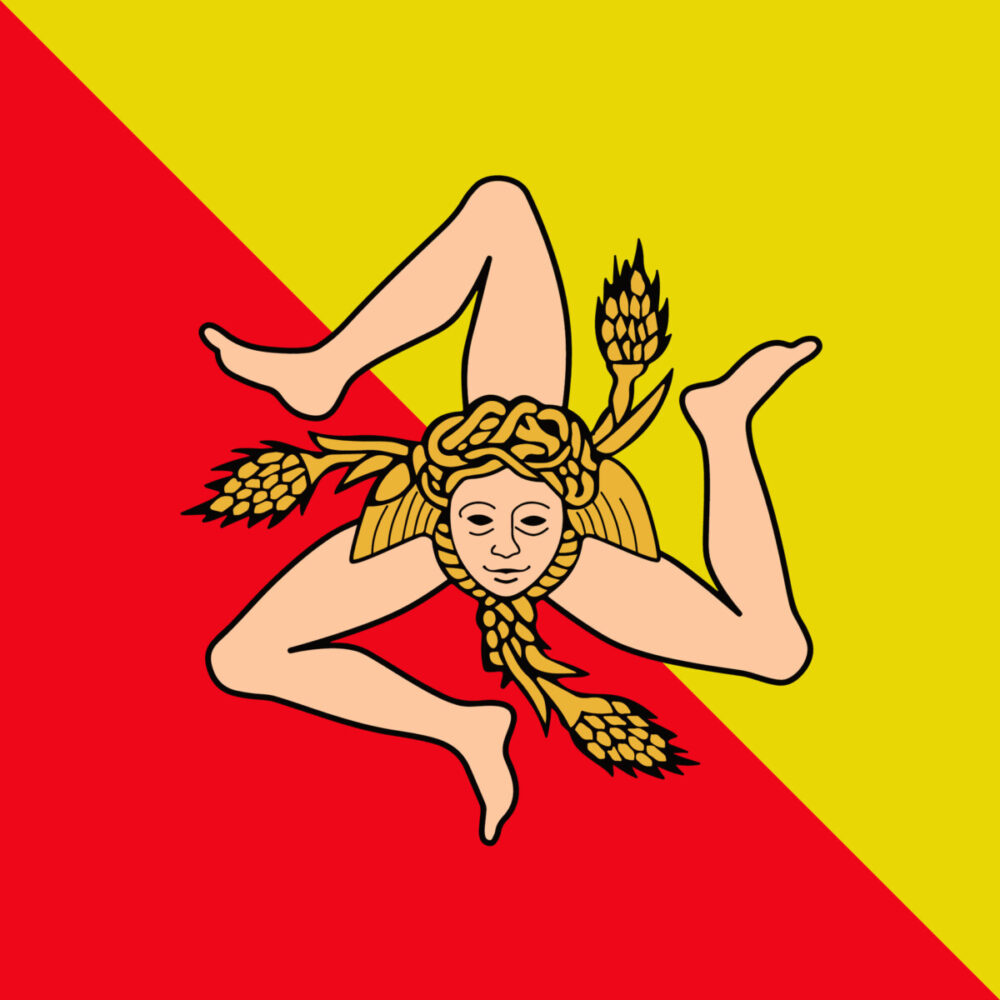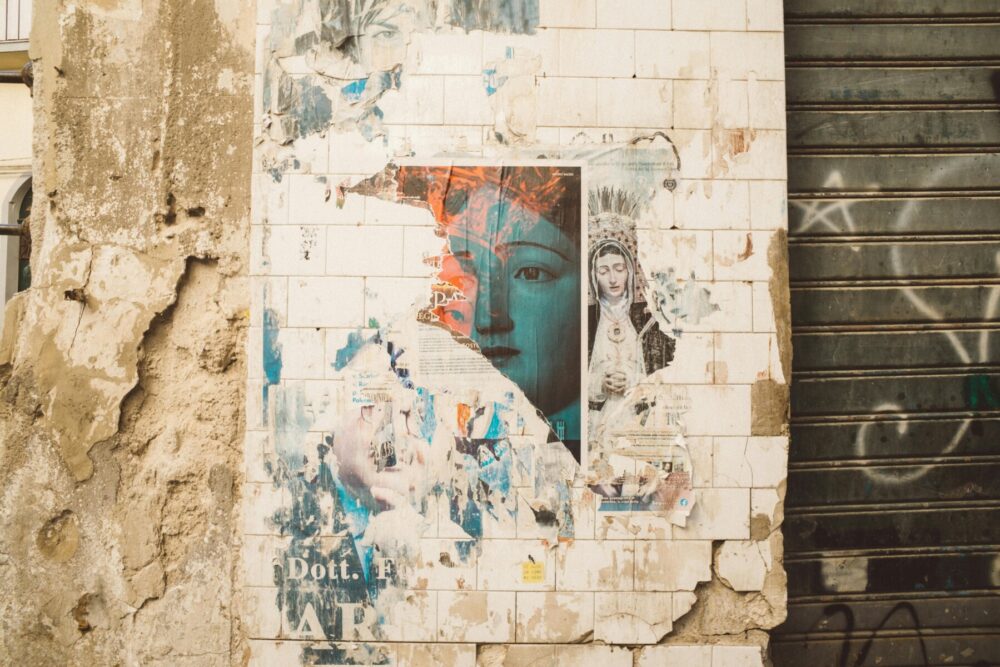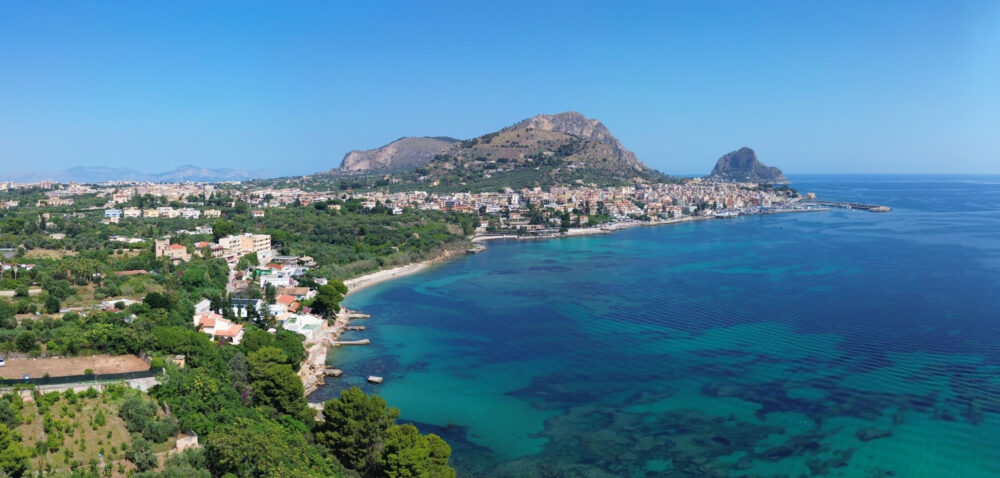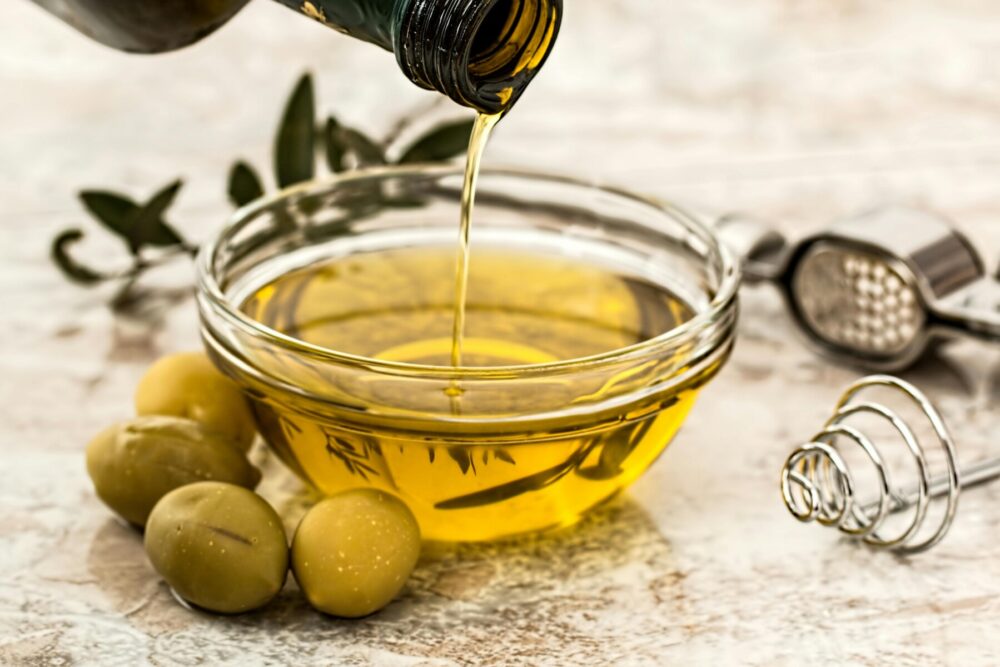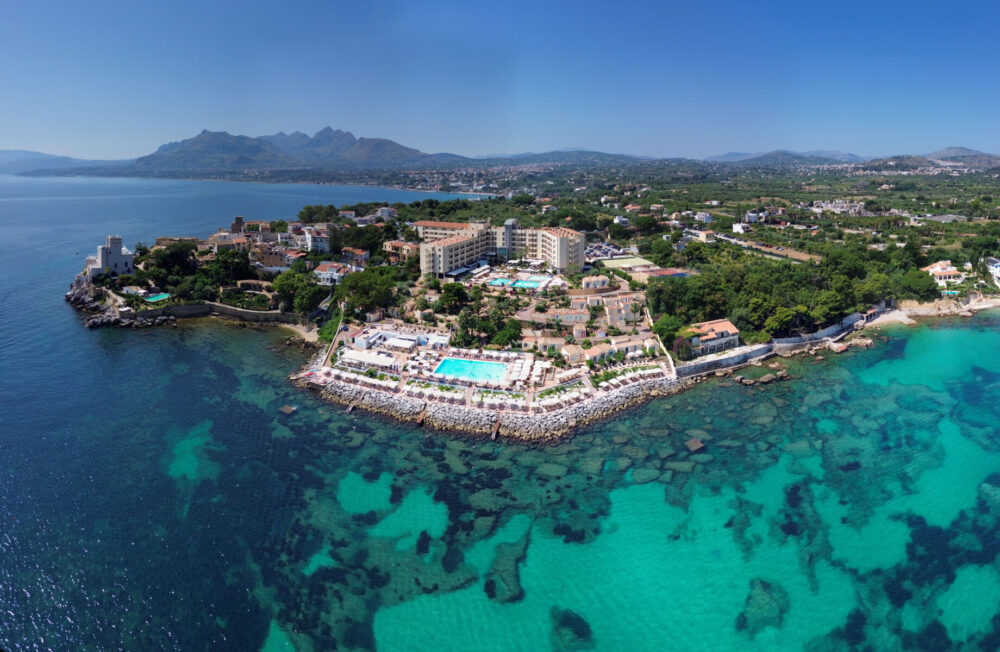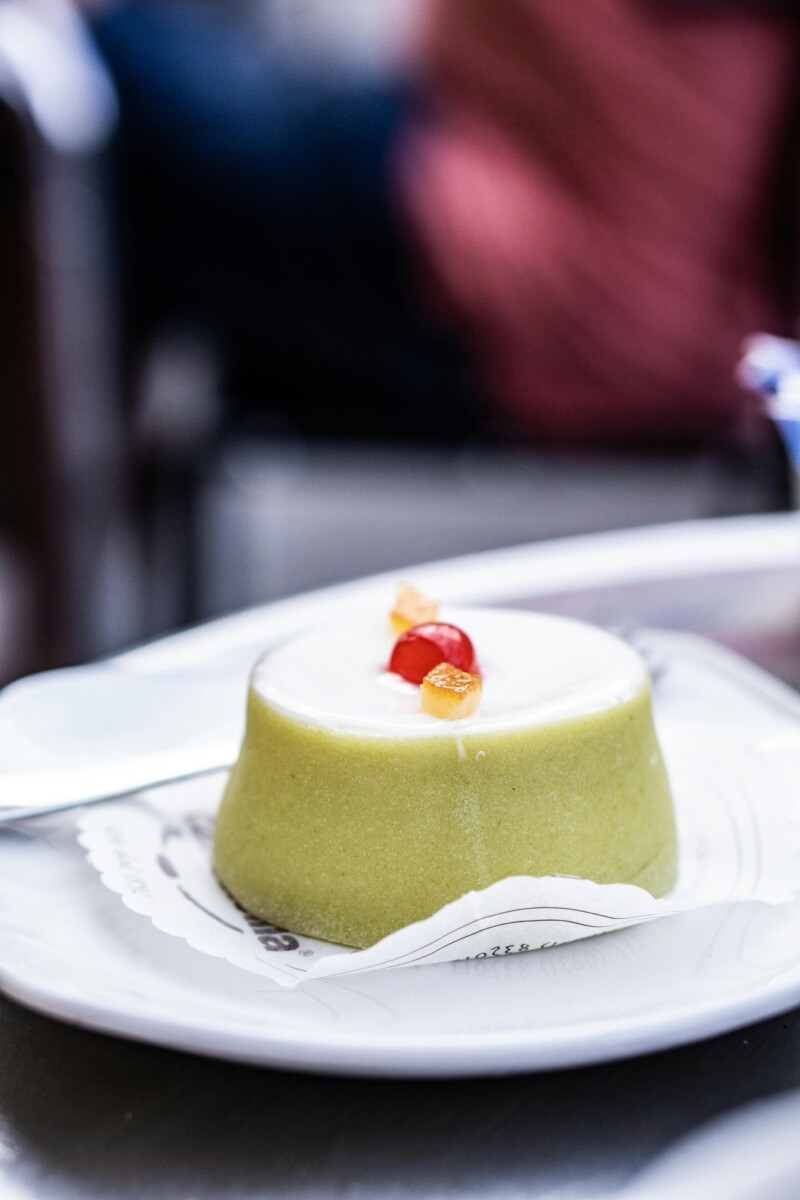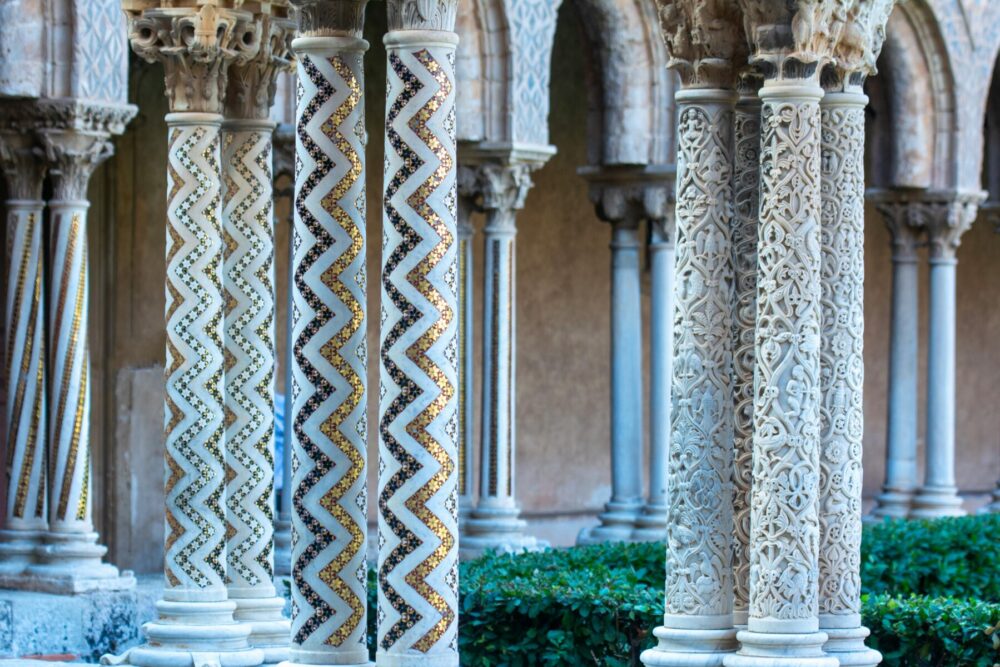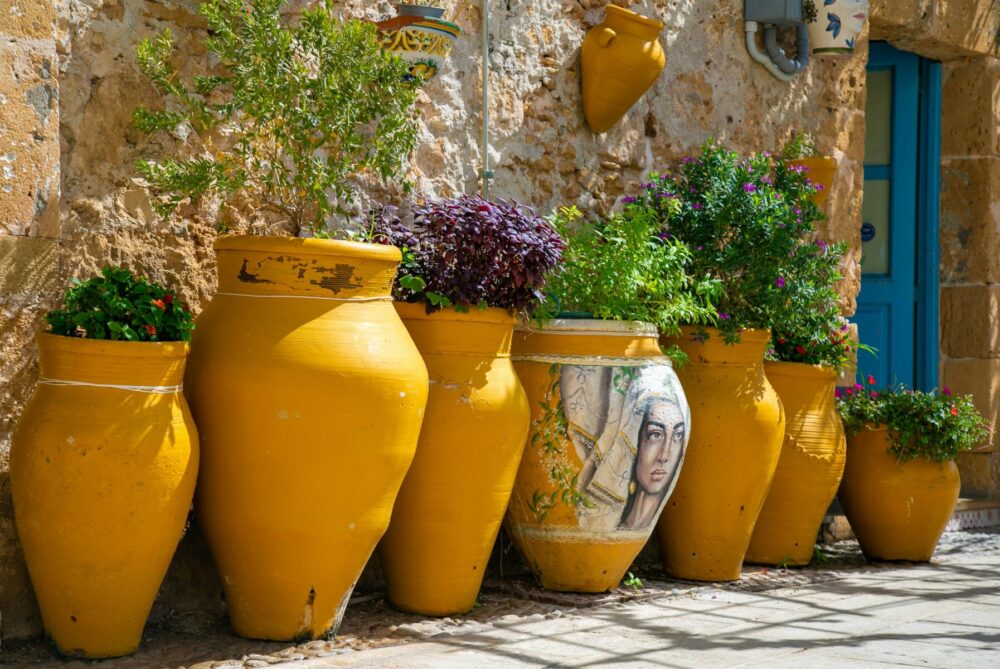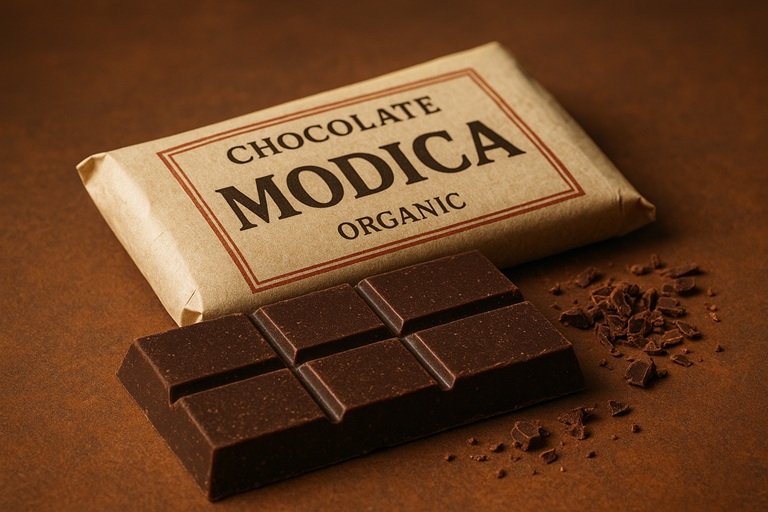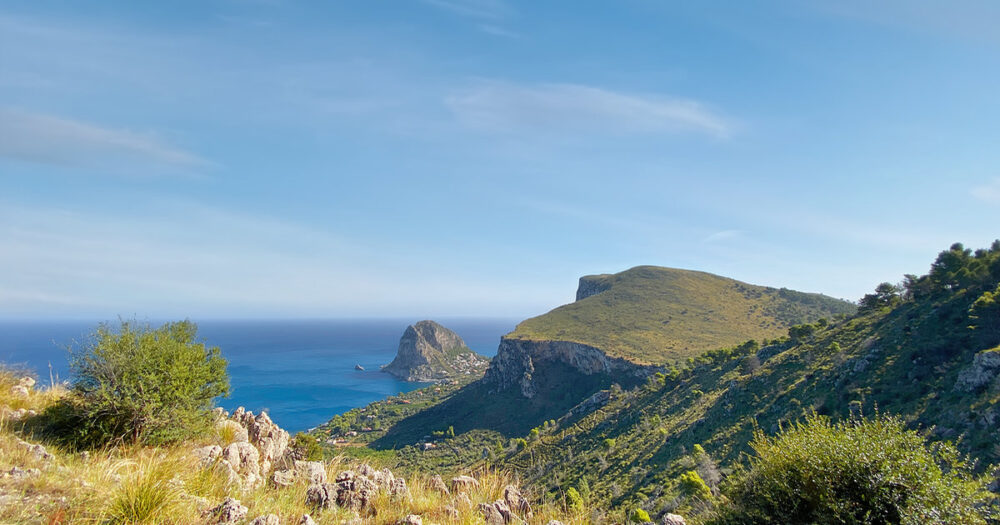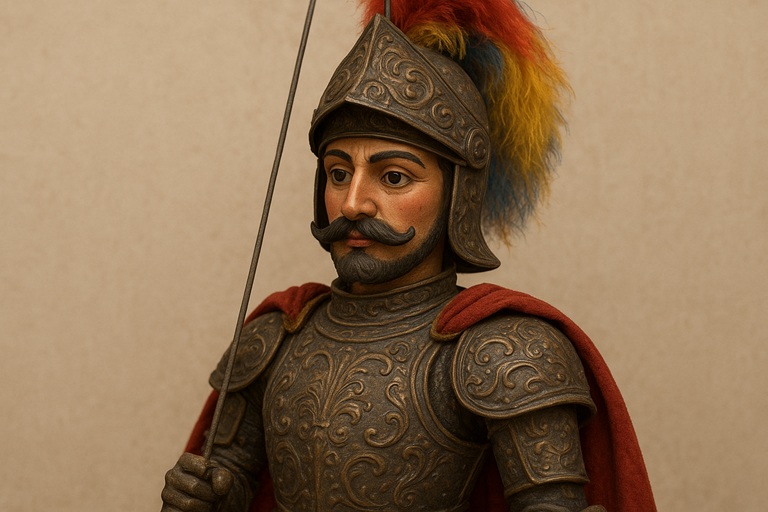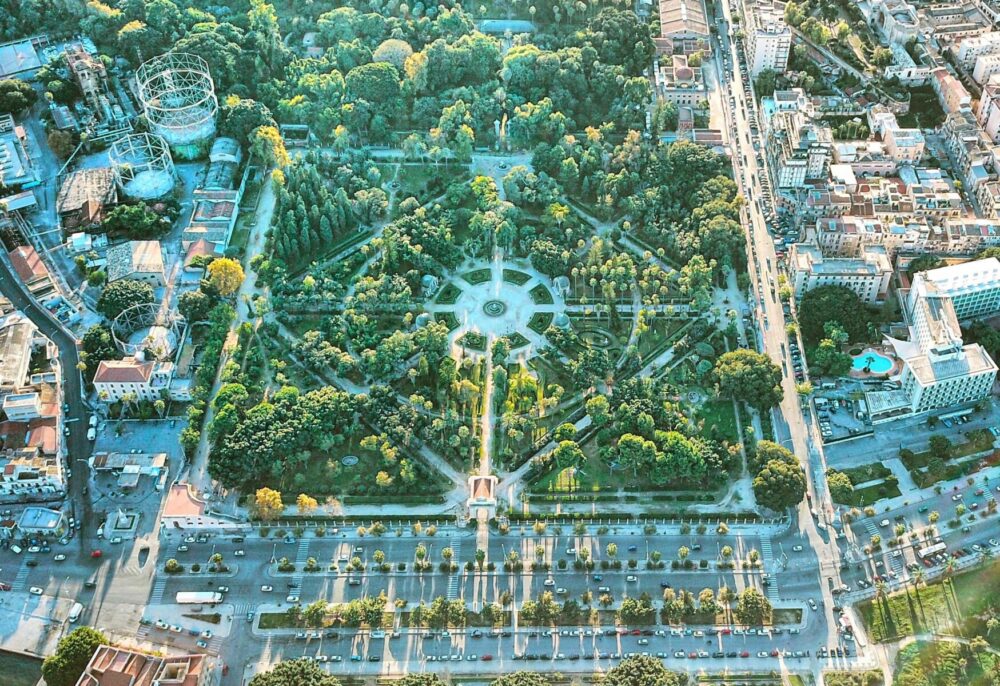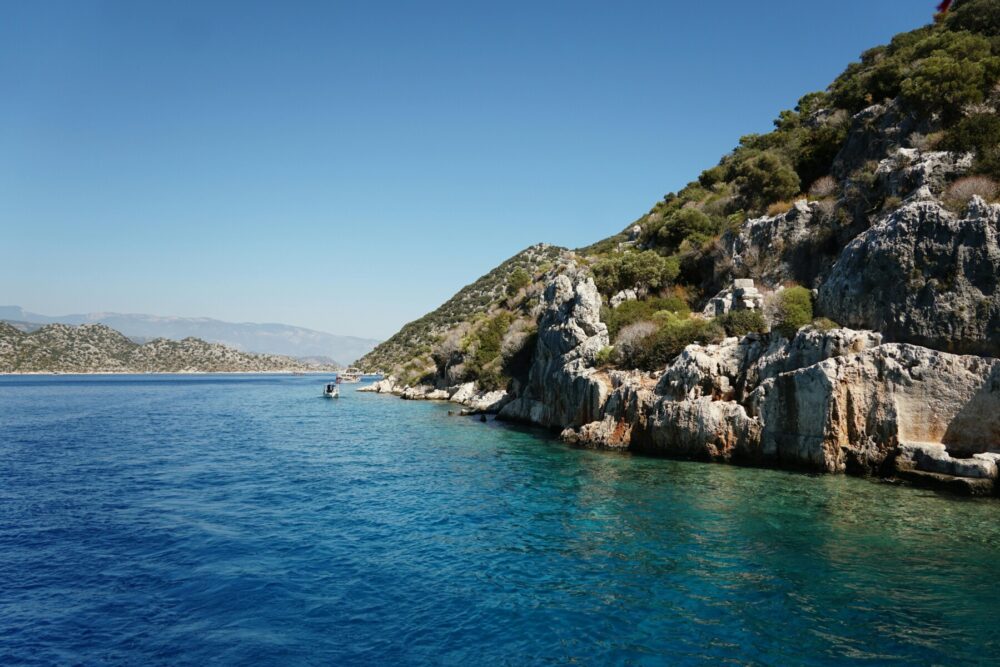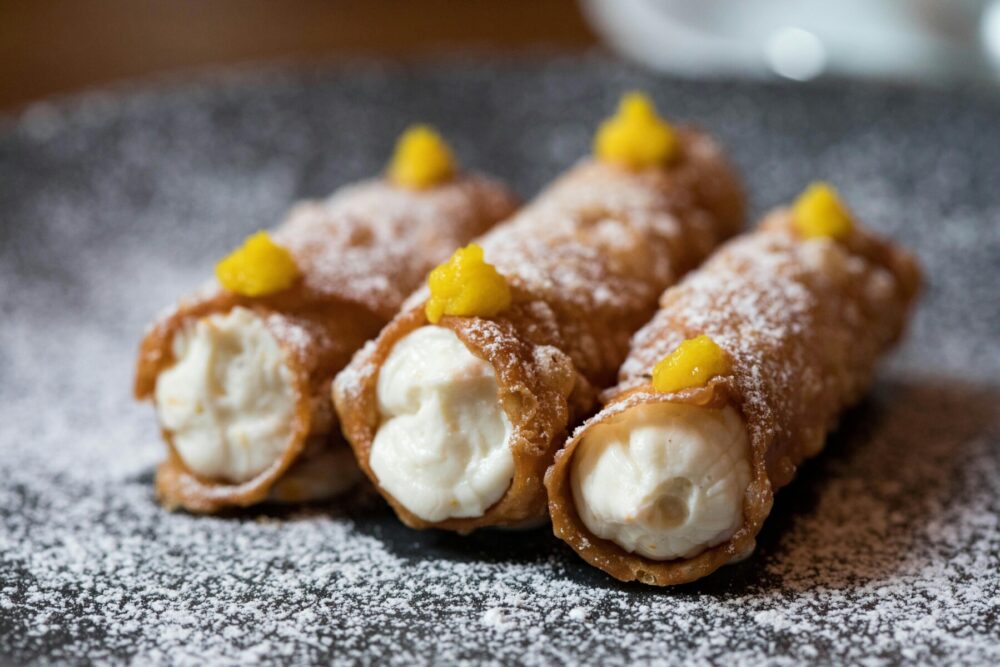Arabic Sicily: Its History, Heritage, and Traditions
Sicily, with its strategic position in the heart of the Mediterranean, has been a crossroads of cultures and civilizations for millennia. Among the most fascinating and influential is the Arab civilization, which has left an indelible mark on the island. The Arab domination, which began in the 9th century, enriched Sicily with a unique cultural and architectural heritage, still visible today in its landscapes, traditions, and cuisine. Exploring Arabic Sicily means immersing oneself in a world of history and beauty, where the legacy of a glorious past continues to live on and enchant visitors.
When was Sicily Arab?
The Arab domination in Sicily began in 827 CE, when Muslim forces landed on the island, initiating a period of cultural and social transformation that would last until 1091. During these centuries, Sicily became a prosperous emirate under the control of the Aghlabids and later the Kalbids; the Aghlabids settled first, and the latter established the Emirate of Sicily in 1072. The Arabs introduced new agricultural techniques, such as advanced irrigation, which transformed the Sicilian landscape and promoted economic growth.
Cities flourished, with Palermo becoming one of the most important metropolises of the Islamic world. The Arab influence also extended to architecture, with the construction of magnificent palaces and mosques, and to the language, with the introduction of Arabic terms into the Sicilian dialect. This period of Arab domination left a lasting legacy, still visible today in the traditions, cuisine, and art of the island, making Sicily a meeting place between East and West.
What is the most Arabic city in Sicily?
Sicily, with its rich history and culture, is a true crossroads of influences that are reflected in its architecture, cuisine, and traditions. Among the Sicilian cities, Palermo stands out as the most Arabic, thanks to its past under Muslim rule from the 9th to the 11th century. During this period, Palermo became a thriving center of culture and commerce, with its lively markets and splendid mosques. Today, visitors can still perceive the Arab heritage through the historic neighborhoods, such as the famous Ballarò market, the Vucciria, and the Capo, where the scents of spices and the colors of fresh produce evoke Middle Eastern atmospheres.
The Arab influences are also evident in the architecture, with buildings like the Palatine Chapel, which combines Norman and Arab elements in a masterpiece of art and design. The cuisine of Palermo, with dishes like couscous and cassata, also reflects this cultural fusion. In addition to Palermo, Mazara del Vallo is also considered a city with a strong Arab influence. In the past, in fact, it was an important center of Arab rule, and today it retains a neighborhood called Casba, which resembles the ancient Arab medinas, with narrow alleys and row houses.
Where is Arabic spoken in Sicily?
The island is a place where Arab history has left an indelible mark, still visible today in some areas of the island. Although Arabic is no longer a language spoken daily, Arab influences are evident in the local dialects, architecture, and cuisine. Palermo, the regional capital, is a perfect example of this cultural fusion. Here, visitors can explore the Kalsa neighborhood (also called Tribunali), once the beating heart of the Arab city, and admire monuments like the Palatine Chapel, which testify to the meeting of Norman and Islamic art. In Mazara del Vallo, on the western coast, one can also perceive the Arab influence, thanks to the presence of a large Tunisian community that enriches the social and cultural fabric of the city. Here, local markets, like that of the Casba, offer spices and traditional products that evoke the scents and flavors of the Arab world.
What Arabic remains are there in Palermo?
Palermo has always been a meeting point of cultures and traditions that intertwine in a fascinating historical mosaic. Among the most significant influences, the Arab one has left an indelible mark, still visible today in various aspects of the city. Walking through the historic center, one can admire the Moorish architectures that characterize emblematic buildings such as the Palazzo dei Normanni and the Cappella Palatina, where Islamic art blends with Byzantine and Norman styles. The gardens of Villa Giulia, on the other hand, evoke the ancient Arab tradition of creating lush and harmonious green spaces.
The cuisine of Palermo cuisine also carries the Arab heritage, with dishes that use spices and typical Middle Eastern ingredients, such as couscous and dried fruit. The Sicilian language retains words of Arab origin, testifying to the linguistic influence of that period. Discovering what remains of Arabic in Palermo is an invitation to explore a city that continues to tell stories of encounters and cultural fusions.
You can learn about, admire, and appreciate even more the Arab-Sicilian culture by spending a lovely stay in Sicily and staying at Domina Zagarella Sicily Imagine waking up to the sound of waves caressing the Sicilian coast, with the sun rising on the horizon, as you prepare to explore the wonders of a land rich in history and culture.
This is just a taste of what awaits you if you decide to book at our resort, a gem nestled between the crystal-clear sea and the lush Mediterranean vegetation. Let yourself be pampered by our state-of-the-art facility, gourmet restaurants, and our 011Cryo service, which, thanks to the power of cold, will enhance your natural glow, promoting a deep relaxation that will make you feel rejuvenated and inspired.
